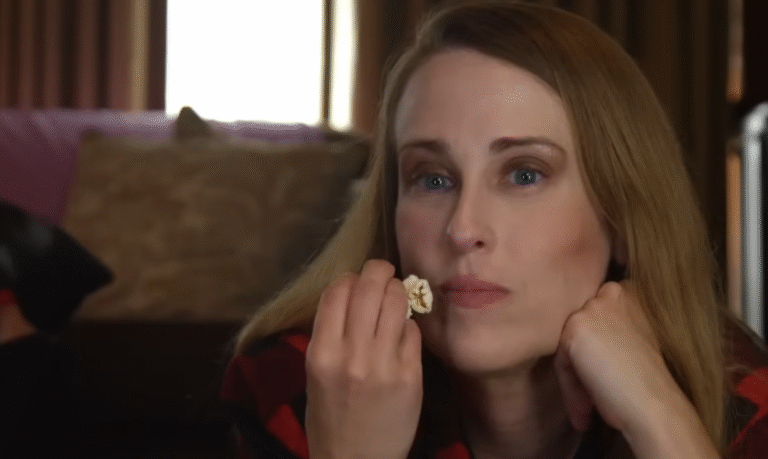Liquid Death’s Sales Growth Comes from Ruthless Media Strategy and Not Just Funny Ads

Liquid Death, the canned water brand known for its outrageous humor and metal-inspired branding, is proving that comedy alone isn’t what’s fueling its sales. The company is now doubling down on a ruthless media strategy that connects advertising directly to retail performance — and it’s working so well that the brand is gearing up for its second national Super Bowl ad during Super Bowl 60 in February 2026, which will air on NBC.
For a brand that doesn’t sell directly to consumers, Liquid Death faces a common challenge in the consumer packaged goods (CPG) world — figuring out how media spending translates into actual store sales. Traditional methods like marketing mix modeling take months to produce results, while popular metrics like Return on Ad Spend (ROAS) often miss the mark because they don’t measure incremental sales, meaning sales that happen solely because of an ad campaign.
According to Benoit Vatere, Liquid Death’s chief media officer, relying only on ROAS can be misleading. “ROAS looks good, but you waste your budget,” Vatere said on stage at Brandweek. That’s because many ads end up targeting people who would have bought the product anyway — a costly mistake in a category where margins are tight.
Since Liquid Death isn’t a direct-to-consumer brand, it doesn’t have direct visibility into customer purchases. Its products are sold across a range of retailers, from Walmart to Dollar General, which makes collecting data on what’s actually selling a massive undertaking. “It’s a lot of work and money from a data standpoint,” Vatere explained. “The cost of data is crazy.”
To tackle that, Liquid Death works with Ibotta, a digital promotions and data-aggregation platform that gathers sales data from numerous retailers. This partnership lets the brand see which campaigns are truly moving products without having to negotiate separate data deals with each store chain. Bryan Leach, Ibotta’s founder and CEO, said the platform also estimates incremental sales across its network — giving CPG brands like Liquid Death a clearer picture of where to spend their advertising dollars for maximum impact.
Vatere added that these insights help avoid unnecessary discounting. “You don’t want to offer promotions to people who already buy a case every couple of weeks,” he said. “That’s a heavy investment for no return.”
Instead, Liquid Death focuses on increasing purchase frequency among existing customers — getting them to buy more often — and reaching light buyers, those casual shoppers who might otherwise grab another sparkling water brand. Vatere admits brand loyalty is rare in the CPG space. “There’s no loyalty in the CPG world,” he said. “We have super fans, but it’s a small group of people.”
That focus on efficiency doesn’t mean the company’s creative energy has slowed down. Liquid Death’s famously wild marketing campaigns remain core to its identity, but Vatere’s team now continuously shifts media budgets on a monthly basis depending on which channels are generating real sales lift. “Moving dollars on a monthly basis is part of our DNA,” he emphasized.
This data-driven approach seems to be paying off. The brand, which was founded in 2018, reached a valuation of around $1.4 billion in early 2024 and pulled in about $263 million in retail sales in 2023, according to Wikipedia. In the 2025 Super Bowl (Super Bowl LIX), Liquid Death’s commercial was recognized as one of the most engaging ads of the event, outperforming the average spot by 704%, according to Business Wire.
Liquid Death’s rise proves that creativity grabs attention, but data and precision spending are what truly convert laughs into lasting sales.





